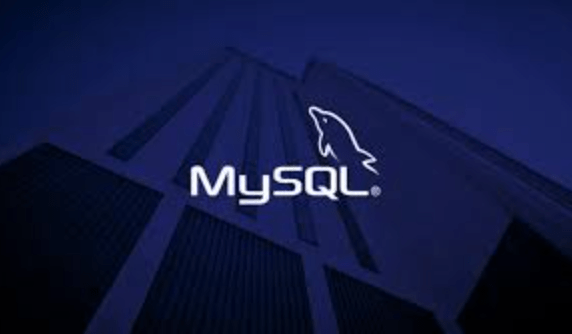DDoS Malware Invades MySQL Servers and Docker Hosts

In the world of cyber shenanigans, mischievous attackers are turning up the heat on MySQL servers, especially those cozying up to Windows. According to the tech sleuths at AhnLab, the troublemakers are unleashing a DDoS-capable botnet called ‘Ddostf,’ straight out of the lively streets of China, dating back to 2016. Yes, you heard it right – Chinese bots with a flair for drama!
READ: Sprinkle Green Goodness: Elevate Your Year-Round Health with These 10 Leafy Greens
The Great Server Scavenger Hunt: Uncovering the Devious Plot
These digital mischief-makers, as per AhnLab’s warning, are like virtual treasure hunters scanning the vast internet seas for MySQL servers that are chilling out with their doors wide open on TCP port 3306. And guess what? They’re not ringing the doorbell; instead, they’re sneaking in through weak credentials or exploiting good ol’ known vulnerabilities. Sneaky, right?
DLL Drama: When Malware Takes Center Stage
Once these virtual burglars find their way in, they pull off a classic move by uploading a mischievous DLL as a UDF (User-Defined Function) library. It’s like giving your computer a backstage pass to chaos! This allows them to pull off their favorite act – executing commands on the infected system and rolling out the Ddostf malware, a performance that has Linux and Windows environments both shaking in their digital boots.
Ddostf’s Grand Finale: A Symphony of Chaos
Ddostf doesn’t stop there; it’s a multi-talented troublemaker. After achieving persistence like a determined cat, it goes on to collect system information and sends it off to its secret command-and-control (C&C) server. What’s the catch? It then waits eagerly for commands to launch DDoS attacks, including SYN, UDP, and the dramatic HTTP GET/POST floods. It’s like a hacker’s version of a fireworks show!
Docker Distress: OracleIV Takes the Stage
But wait, there’s more drama in the digital universe! Cado Security has sent out a red alert about Docker hosts facing an invasion by the OracleIV DDoS-capable malware. Picture this: Docker Engine API, an HTTP API served by Docker Engine, becomes the unwitting stage for this malicious performance.
API Ambush: Unmasking the Docker Dilemma
The attackers are on a wild goose chase, hunting for publicly-exposed instances of the Docker Engine API. Once found, they don’t send flowers; instead, they deploy a sneaky container hosting Python malware, all dressed up as an ELF executable. It’s like a hacker’s version of a Trojan horse – who doesn’t love a good classic?
Dockerhub Drama: A Library of Mischief
Cado spills the beans that Docker Engine API instances, especially the accidentally exposed ones, have become the cool kids’ hangout for cyber bullies. It’s a popular spot for deploying cryptocurrency miners, creating a digital gold rush of sorts. And if that’s not enough, these attackers are making HTTP POST requests to pull in a malicious image from Dockerhub, Docker’s library of digital mischief.
Image Intrigue: OracleIV’s Playbook
Inside this mischievous image, OracleIV takes center stage, supporting commands for UDP, UDP_PPS, SSL, SYN, HTTP/GET, and SLOW flood attacks. It’s like a hacker’s toolbox, but with a few tools that might need some oiling. Nevertheless, with over 3,000 pulls, this Docker drama is stealing the spotlight and getting regular updates, keeping the audience on the edge of their digital seats.
So, folks, in this wild world of cyber escapades, it’s essential to keep an eye out for those virtual villains and make sure your digital door is not wide open for uninvited guests. Stay secure, stay savvy, and remember, even bots can have a sense of humor – albeit a mischievous one! Stay vigilant and keep those cyber chuckles in check!




